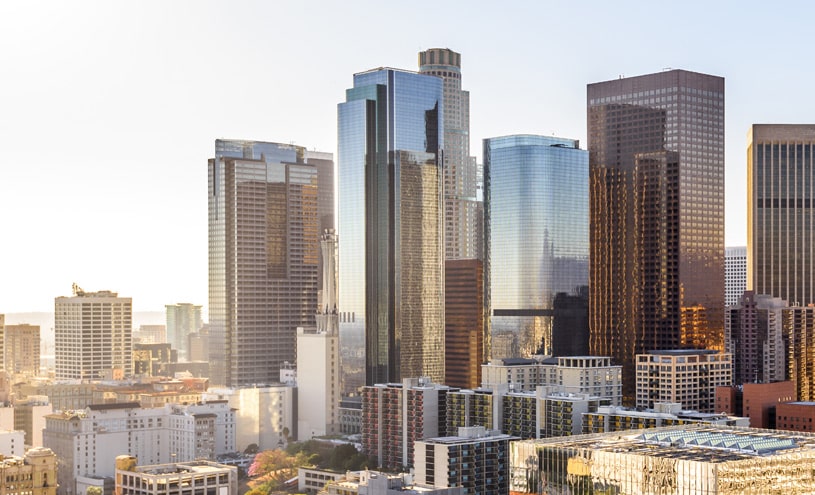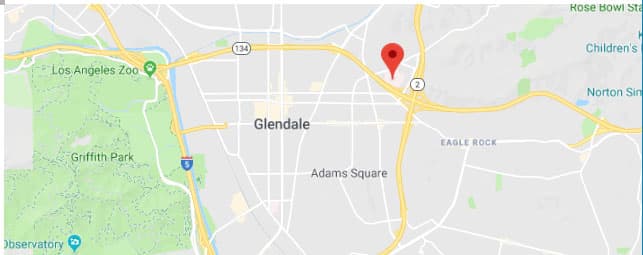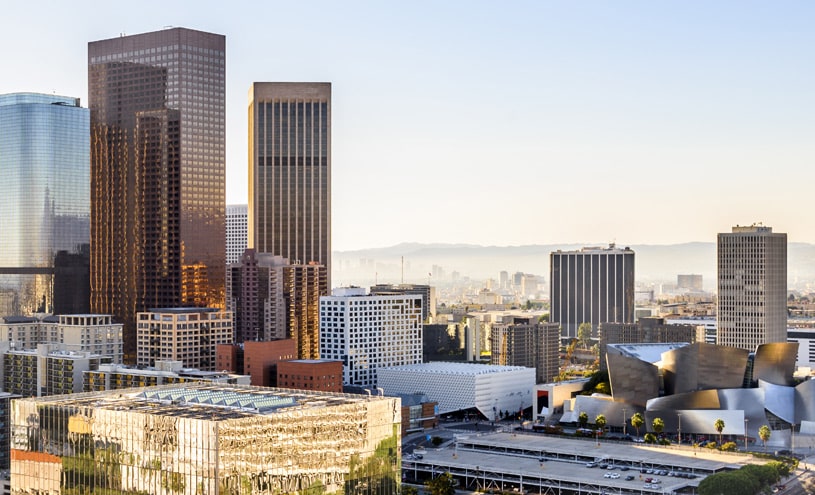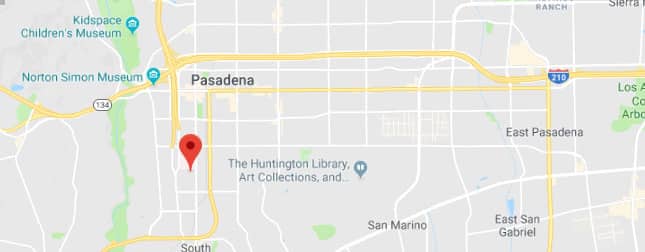 A facelift, technically termed a rhytidectomy, aims to address aging signs by tightening loose skin, smoothing deep lines, and repositioning tissues to achieve a more youthful look. This comprehensive procedure often includes removing surplus skin and tightening the underlying muscles, which helps in correcting sagging in both the face and neck.
A facelift, technically termed a rhytidectomy, aims to address aging signs by tightening loose skin, smoothing deep lines, and repositioning tissues to achieve a more youthful look. This comprehensive procedure often includes removing surplus skin and tightening the underlying muscles, which helps in correcting sagging in both the face and neck.
In contrast, the mini facelift, often nicknamed the “weekend facelift,” is a scaled-down version of the traditional facelift. It focuses on specific areas such as the lower face and neck. This approach uses smaller incisions, typically around the hairline, making it less invasive. The mini facelift targets localized issues like slight jowling and minor sagging, offering noticeable improvements without the extensive surgery of a full facelift.
Both procedures share a common goal: rejuvenating the face to restore a youthful appearance. However, the extent of the surgery, the areas targeted, and the recovery times can vary significantly. While a facelift addresses more comprehensive aging concerns including deep wrinkles and significant skin laxity, the mini facelift is tailored for those with early signs of aging who want quicker recovery and less downtime.
Each procedure involves precise techniques to ensure natural-looking results. The traditional facelift might involve repositioning fat and tightening muscles for a firmer structure. On the other hand, the mini facelift primarily focuses on lifting the lower part of the face, which can make it an excellent option for people looking to enhance their jawline and neck without undergoing extensive surgery.
Understanding these fundamental differences can help you decide which procedure might be more suitable for your needs. Whether you’re considering subtle enhancements with a mini facelift or a more extensive rejuvenation with a traditional facelift, knowing what each procedure entails is crucial. Dr. Eric Yavrouian provides facelift to patients in Glendale, Pasadena, Burbank, Greater Los Angeles, Beverly Hills, CA, and surrounding communities.
What Each Procedure Addresses
A traditional facelift offers a comprehensive solution for various aging signs. It addresses issues like sagging skin, deep creases below the lower eyelids, and along the nose extending to the corners of the mouth. Additionally, it can restore lost facial fat that has either fallen or disappeared over time. Another key benefit is the improvement of loose skin and excess fat in the neck, often referred to as a “double chin.”
On the other hand, a mini facelift is designed to tackle more localized concerns, such as minor sagging around the jawline and neck. This procedure is particularly effective for those who are beginning to see early signs of aging but are not ready for the extensive work involved in a full facelift. The mini facelift can significantly enhance the appearance of jowls and provide a more defined look to the lower face.
The traditional facelift is a more extensive procedure that involves larger incisions and addresses a broader range of aging signs. It is ideal for individuals who have more pronounced aging symptoms and desire a thorough rejuvenation. This procedure not only tightens the skin but also repositions deeper tissues and muscles to achieve a youthful appearance.
The mini facelift, however, uses smaller incisions, often around the hairline, making it less invasive. It primarily focuses on lifting and tightening the lower part of the face and neck. This approach makes it an excellent option for those with mild to moderate skin laxity who want to see noticeable improvements without undergoing a more invasive surgery.
Both procedures aim to rejuvenate the face, but the extent and focus areas vary. The traditional facelift provides a more dramatic transformation, suitable for those with significant aging concerns. The mini facelift offers subtle yet effective results, ideal for individuals looking to address specific areas with a quicker recovery time. Understanding these differences can help you determine which procedure aligns with your aesthetic goals and lifestyle needs.
Duration and Recovery Time
The recovery timeline for a facelift varies depending on individual factors but typically spans two to four weeks. During this period, it’s common to experience swelling, bruising, and some discomfort. These symptoms generally lessen over time, and most people feel comfortable resuming work and other daily activities by the third or fourth week.
In contrast, a mini facelift has a shorter recovery period, usually about one to two weeks. Because this procedure is less invasive, the associated swelling and bruising are usually milder and subside more quickly. This quicker recovery makes it a popular choice for individuals who cannot afford to take extended time off from their busy schedules.
During the initial days following either procedure, patients are advised to rest and avoid strenuous activities. Keeping the head elevated can help reduce swelling, and cold compresses may alleviate discomfort. Pain medications prescribed by your facial plastic surgeon can also aid in managing any post-operative pain.
While the full results of a facelift can take several months to become apparent as the swelling completely subsides, improvements from a mini facelift are often visible sooner due to the less extensive nature of the procedure. Regardless of the type of facelift, it’s essential to follow your surgeon’s post-operative care instructions carefully to ensure a smooth recovery and optimal results.
Patients should avoid activities that might strain the incisions or increase blood pressure to the face, such as heavy lifting or vigorous exercise, for at least a few weeks. Gentle walks are usually encouraged to promote circulation and aid in the healing process.
Regular follow-up appointments with your facial plastic surgeon are crucial during the recovery phase. These visits allow the surgeon to monitor your healing progress and address any concerns that may arise. Proper aftercare, including cleaning the incision sites and applying any recommended ointments, will help minimize the risk of infection and promote better healing.
Ideal Candidates
Candidates for a facelift are typically individuals who exhibit pronounced signs of aging. These signs often include deep wrinkles, sagging skin, and loss of volume in the face. A facelift is especially beneficial for those in their 50s or 60s who are looking for a comprehensive approach to facial and neck rejuvenation. These individuals usually have more pronounced aging concerns that a traditional facelift can effectively address.
In contrast, a mini facelift is more suited for those in their 40s or early 50s who are beginning to see early aging signs. It is ideal for individuals with mild to moderate skin laxity who wish to achieve noticeable improvements without undergoing a full surgical procedure. The mini facelift focuses on specific areas such as the jawline and neck, making it a great option for those who want to address minor sagging or slight jowling.
For both procedures, candidates should be in overall good health and have realistic expectations about the outcomes. Non-smokers or those willing to quit smoking before and after surgery are generally preferred, as smoking can interfere with the healing process. It’s also important that candidates have good skin elasticity, as this will affect how well the skin adjusts to the changes made during surgery.
Ideal candidates should be psychologically stable and understand the recovery process involved in each procedure. They should also be prepared for the potential risks and complications that can accompany any surgical procedure. A thorough consultation with a facial plastic surgeon can help determine candidacy by assessing the individual’s specific needs, medical history, and aesthetic goals.
Lastly, individuals who are considering either procedure should have a strong support system in place to assist during the recovery period. This includes having someone to help with daily tasks and provide emotional support as the patient heals. This support can be crucial for a smooth and successful recovery.
Consulting with a Facial Plastic Surgeon
Choosing the right procedure requires a thorough consultation with a facial plastic surgeon. Their expertise will help you determine the best approach based on your specific needs. During your consultation, you’ll have the opportunity to discuss your aesthetic goals, which can significantly impact the recommended treatment plan. Be sure to provide a detailed medical history, including any past surgeries or medical conditions, as this information is crucial for determining your suitability for either a facelift or mini facelift.
Bring a list of questions to your consultation to ensure you cover all aspects of the procedures. Important topics to discuss include the expected outcomes, potential risks, and the surgeon’s experience with facelifts and mini facelifts. Understanding these details will help you feel more confident in your decision.
Your facial plastic surgeon will likely perform a thorough examination of your face and neck, assessing skin quality, bone structure, and the degree of aging. This evaluation helps tailor the procedure to your unique anatomy, ensuring more natural and satisfactory results. The surgeon may also show you before-and-after photos of previous patients to give you a realistic idea of what to expect.
It’s also essential to discuss the recovery process during your consultation. Knowing what to anticipate in terms of downtime, post-operative care, and follow-up appointments can help you plan accordingly. Your surgeon will provide specific instructions on how to prepare for the surgery and what to do during the recovery period to optimize results.
Financial considerations are another important aspect to cover. Ask about the costs involved, including any additional expenses for anesthesia, facility fees, and post-operative care. Some practices may offer financing options or payment plans, so be sure to inquire about these as well.
Ultimately, a comprehensive consultation with a skilled facial plastic surgeon will equip you with the information needed to make an informed choice. This step is crucial in achieving the facial rejuvenation results you desire, whether you opt for a facelift or a mini facelift.
Schedule Your Consultation Today
If you’re considering rhinoplasty or have questions about aftercare, schedule a consultation with Dr. Eric Yavrouian. With offices conveniently located in Glendale and Pasadena, CA, Dr. Yavrouian is committed to helping you achieve your aesthetic and functional goals with compassionate, expert care.
For more information about treatments and procedures by Facial Plastic and Reconstructive Surgeon, Dr. Eric J. Yavrouian, serving patients in and around Glendale, Pasadena, Burbank and the Greater Los Angeles, CA area call 818-241-2150 or click here to contact him for a consultation.
 Rhinoplasty is one of the most delicate and artistic procedures in facial plastic surgery. The goal is not simply to reshape the nose but to create harmony among all facial features so the nose enhances, rather than distracts from, your natural beauty. Today, more patients are requesting subtle, refined results that look effortless and uniquely their own. At our practice, natural rhinoplasty is achieved through precise planning, meticulous technique, and an appreciation for the individual nuances of each face. Dr. Eric Yavrouian provides nasal tip refining, or rhinoplasty, to patients in Glendale, Pasadena, Burbank, Greater Los Angeles, Beverly Hills, CA, and surrounding communities.
Rhinoplasty is one of the most delicate and artistic procedures in facial plastic surgery. The goal is not simply to reshape the nose but to create harmony among all facial features so the nose enhances, rather than distracts from, your natural beauty. Today, more patients are requesting subtle, refined results that look effortless and uniquely their own. At our practice, natural rhinoplasty is achieved through precise planning, meticulous technique, and an appreciation for the individual nuances of each face. Dr. Eric Yavrouian provides nasal tip refining, or rhinoplasty, to patients in Glendale, Pasadena, Burbank, Greater Los Angeles, Beverly Hills, CA, and surrounding communities.

 Your eyes are one of the first features people notice—and unfortunately, they’re also one of the first places to show signs of aging. Drooping lids, under-eye bags, or sagging skin can make you look tired or older than you feel.
Your eyes are one of the first features people notice—and unfortunately, they’re also one of the first places to show signs of aging. Drooping lids, under-eye bags, or sagging skin can make you look tired or older than you feel.  Rhinoplasty can transform the appearance and function of your nose, but it’s important to remember that results take time. While you’ll notice changes quickly, full healing can take several months. Understanding the week-by-week recovery process helps set realistic expectations and ensures you’re prepared for each stage.
Rhinoplasty can transform the appearance and function of your nose, but it’s important to remember that results take time. While you’ll notice changes quickly, full healing can take several months. Understanding the week-by-week recovery process helps set realistic expectations and ensures you’re prepared for each stage.  Facial aging doesn’t happen in just one area—it often affects multiple features at once. Over time, skin loses elasticity, facial muscles weaken, and fat volume shifts, creating sagging, deep folds, and loose skin. If you’ve noticed changes like jowls, sagging cheeks, or a “turkey neck,” you might be wondering whether a facelift, a neck lift, or a combination of both is right for you. Understanding the differences between these procedures can help you make an informed decision and achieve your desired results.
Facial aging doesn’t happen in just one area—it often affects multiple features at once. Over time, skin loses elasticity, facial muscles weaken, and fat volume shifts, creating sagging, deep folds, and loose skin. If you’ve noticed changes like jowls, sagging cheeks, or a “turkey neck,” you might be wondering whether a facelift, a neck lift, or a combination of both is right for you. Understanding the differences between these procedures can help you make an informed decision and achieve your desired results.  When it comes to facial rejuvenation, the eyes and brows are often the first areas to show signs of aging. Sagging skin, droopy eyelids, and deep forehead lines can make you look tired or older than you feel. Two popular procedures—brow lift and eyelid surgery (blepharoplasty)—address these issues, but in different ways.
When it comes to facial rejuvenation, the eyes and brows are often the first areas to show signs of aging. Sagging skin, droopy eyelids, and deep forehead lines can make you look tired or older than you feel. Two popular procedures—brow lift and eyelid surgery (blepharoplasty)—address these issues, but in different ways. 
 Undergoing
Undergoing 



